Circular Economy Trends: Revolutionising Production and Eliminating Landfill Waste
The circular economy is revolutionising the way we produce and consume products, offering a sustainable alternative to the linear "take-make-dispose" model. By embracing circular economy principles, businesses can minimise waste, maximise resource efficiency, and reduce their environmental impact. In this article, we will explore the key trends driving the circular economy in the production of products and how they contribute to avoiding landfill waste.
1. Designing for Circular Production
One of the fundamental trends in the circular economy is designing products with circularity in mind. This involves considering the entire lifecycle of a product, from sourcing materials to end-of-life disposal. By incorporating principles such as durability, repairability, and recyclability into product design, businesses can ensure that products have a longer lifespan and can be easily disassembled and recycled, thus avoiding landfill waste.
2. Implementing Closed-Loop Supply Chains
Circular economy trends emphasise the importance of closed-loop supply chains, where materials are continuously recycled and reused. Instead of relying solely on virgin resources, businesses are increasingly adopting strategies to recover and reintegrate materials from their own products or other industries' waste streams. This approach not only reduces the need for landfill disposal but also minimises the extraction of finite resources.
3. Embracing Remanufacturing and Refurbishment
Remanufacturing and refurbishment are key trends in the circular economy that help extend the lifespan of products and prevent them from ending up in landfills prematurely. Instead of discarding products after their initial use, businesses are exploring ways to repair, upgrade, or repurpose them. This not only reduces waste but also creates new revenue streams and job opportunities in the remanufacturing sector.
4. Promoting Recycling and Upcycling
Circular economy trends place a strong emphasis on recycling and upcycling as effective waste management strategies. Recycling involves transforming waste materials into new products, while upcycling involves repurposing waste materials into higher-value items. By implementing efficient recycling systems and encouraging upcycling practices, businesses can divert waste from landfills and contribute to a more sustainable production cycle.
Client Example: Silver Cross
“Lots of people have a Silver Cross story to tell, with our prams being passed down through generations and reused for years to come.”
Silver Cross is a client of ours who have demonstrated a commitment to becoming more sustainable through their products, packaging, and recycling processes. They use recyclable packaging and have zero percent wastage at their service centre. The service and valet scheme encourages customers to safely reuse products and get longer from them. Silver Cross has a recycling plant where lasers are used to separate materials for recycling.
Read more of the Silver Cross story
5. Fostering Collaboration and Resource Sharing:
Collaboration and resource sharing are essential trends in the circular economy that help businesses optimise resource use and reduce waste. By partnering with other companies, organisations can share resources, such as raw materials, equipment, or waste streams, to create a closed-loop system. This collaborative approach not only minimises landfill waste but also fosters innovation and creates new business opportunities.
What does the future look like?
The circular economy is transforming production by promoting sustainable practices that minimise waste and avoid landfill disposal. By embracing circular economy trends such as designing for circular production, implementing closed-loop supply chains, embracing remanufacturing and refurbishment, promoting recycling and upcycling, and fostering collaboration and resource sharing, businesses can contribute to a more sustainable future.
At Plan A, we use CE onboarding tools developed with B-Corp certified CE expert partners Future Resources. The project onboarding tool helps us understand where clients are and how to grow their circularity in the short and long term. The questions we ask are designed to plant seeds and share concepts to enable progression. The new factory onboarding tools enable us to identify where manufacturers sit and map improvements over time. The process results in a score which shows where manufacturers can have the greatest impact.
By adopting new practices, we can reduce our environmental impact, conserve resources, and create a circular system where waste is minimised, and products are continuously reused, recycled, or repurposed. Together, we can build a future where landfill waste becomes a thing of the past.
Talk to us about your product development plan
Do you want to understand how your business can adopt more circular principles? Or perhaps you would like to explore how you can minimise waste and reduce the environmental impact of your next product?
Talk to us about how our process can inform your projects. Whether you want to partner with us from the start of your journey or you need support around a specific stage or problem you’ve encountered — we’re on hand to help.


